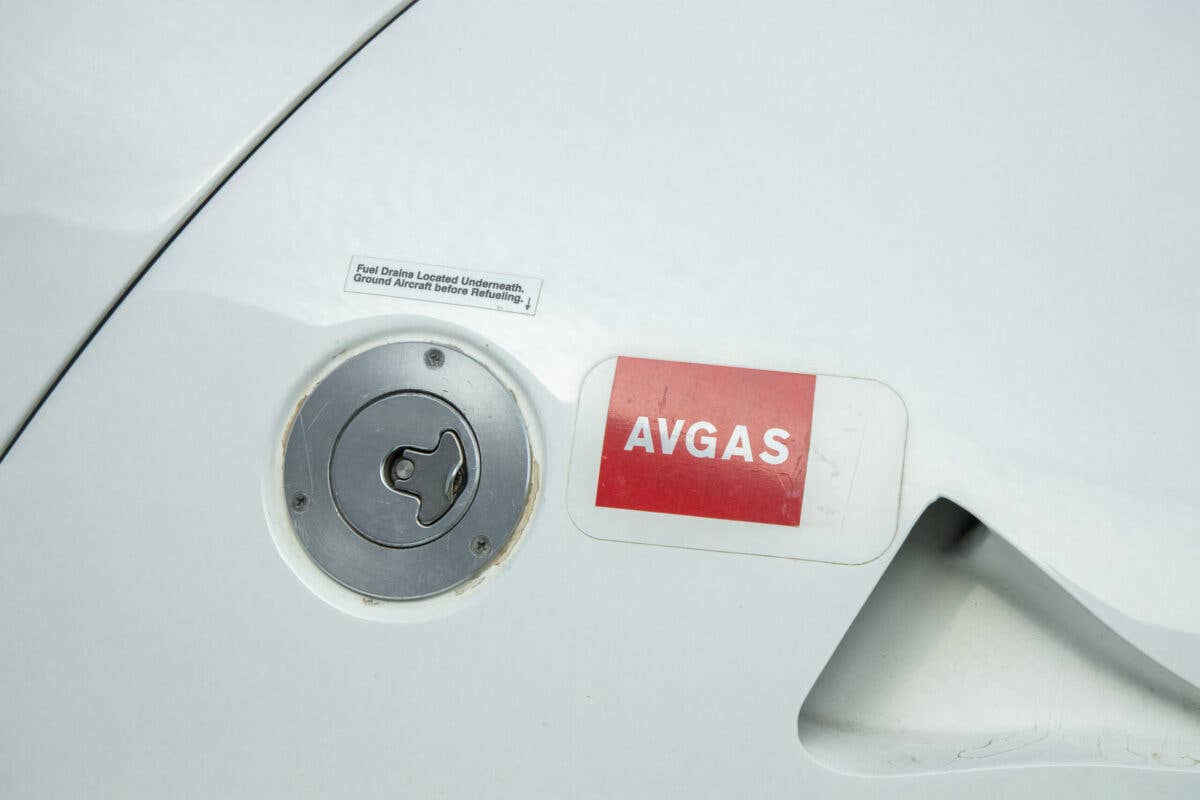University of North Dakota Stops UL94 Use Following Valve Recession Concerns
UND has gone back to 100LL from UL94 after citing an issue with “exhaust valve recession” in the Lycoming engines that power its fleet.

UND switched to UL94 at the end of June and returned to 100LL in October 2023. [Shutterstock]
While many flight schools across the country are making the transition to operations using 100LL aviation fuel to UL94, the University of North Dakota (UND) has reversed course. UND has returned to 100LL after citing an issue with "exhaust valve recession" in the Lycoming engines that power its fleet of Piper PA-28-181 Archers and PA-44-180 Seminoles.
What Is Valve Recession?
According to Richard Scarbrough, A&P mechanic and contributor to FLYING, "exhaust valve recession is when the valve sits too low in the seat." If the valve is not properly seated, there can be "blow-by" that can result in an uncommanded loss of engine power and compression and, in worst cases, valve failure.
"Exhaust valve recession can result in valve discoloration—first red, green, then purple. It can also erode the guide," said Scarbrough, adding that at this time no one has attributed exhaust valve recession to a lack of lead in the fuel.
The Details
According to UND chief instructor Jeremy Roesler, the school switched the fleet back to unleaded fuel over the summer. UND boasts a robust flight training program, with the fleet of more than 120 aircraft logging more than 46,000 flight hours between June and October.
"The aircraft were flown to POH procedures," Roseler said. "The UL94 fuel was on spec."
When routine maintenance detected abnormal exhaust valve recession, Roesler said the decision was made to revert back to 100LL while the issue was investigated.
"UND is working closely with Lycoming and Swift Fuels, providing them with data for their own evaluation,” he said. “We have sent cylinders to Lycoming for their analysis. Everything is being looked at. The analysis requires time, and we are hopeful good information will result to [facilitate] the move to unleaded avgas."
According to an article on AVweb by Paul Bertorelli, UND set up a maintenance monitoring program to track any potential challenges with the use of UL94 prior to making the switch. To monitor for cylinder wear, the school conducted regular compression checks on its fleet of Archers and inspected the clearance between the rocker arm and valve stem. If the valve seat is recessing, this clearance will progressively diminish as the valve recedes farther into the cylinder head. If the recession becomes deep enough, the valve won’t close properly against the seat, and power loss or burned valves can result.
UND director of maintenance Dan Kasowski said the Lycoming-specified minimum clearance is 0.028 inch, and some of the cylinders exceeded this limit.
According to Roesler, when the school started to find issues, it decided to switch back to 100LL because having a potential problem resulting in aircraft down for maintenance in a busy aviation program like UND's creates an untenable situation.
FLYING reached out to Lycoming for a comment but did not hear back by press time.
UND is not the only busy school to utilize Swift’s UL94. In summer 2021, Walt Gyger, the longtime owner of Trade Winds Aviation at Reid-Hillview Airport (KRHV) in San Jose, California, switched his fleet of Cessna 172s to Swift UL94 in anticipation of a ban on 100LL. Gyger was ahead of the curve, because in August of that year the Santa Clara County Board of Supervisors voted to ban leaded fuel at county-owned airports as a means of reducing lead pollution allegedly suspected of coming from the airports. The allegations were triggered by a county-commissioned, peer-reviewed study that linked the ongoing use of leaded fuel with elevated blood lead levels (BLL) in children living near Reid-Hillview. For decades, the medical community has known that lead exposure, especially for children, can lead to cognitive and developmental challenges.
The ban on the sale of leaded fuel went into effect on January 1, 2022, and NOTAMs were issued for both Reid-Hillview and San Martin (E16), warning pilots that the airports no longer had 100LL for sale. At present, the airnav.com page for KRHV notes “Fuel available: A UL94 and beginning January 1, 2022, 100LL unavailable.”
Gyger and many other pilots expressed skepticism of the board’s interpretation of the lead study, suggesting it really isn’t about the health of local children but rather “the goal of the county to close the airport.” He pointed out that the study did not take into account the lead present in the paint and pipes used in the construction of many of San Jose’s older neighborhoods before the dangers of exposure were fully understood.
Aviation advocacy groups, airport businesses, and pilots, in particular, called the study a “manufactured health crisis” and “political move.”
FLYING contacted both Trade Winds Aviation and AeroDynamic Aviation, the flight schools located at KRHV, and neither reported issues attributed to the use of UL94 in their fleets. FLYING will continue to follow this story.

Subscribe to Our Newsletter
Get the latest FLYING stories delivered directly to your inbox






